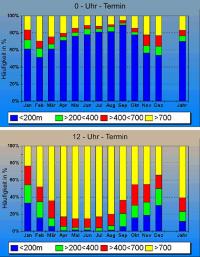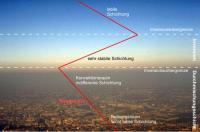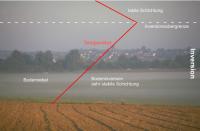 |
||
| Saturday, 07/05/2025 | ||

| Current meteorological data | |
| Air temperature: | 77.9 (°F) |
| 25.5 (°C) | |
| Wind speed: | 9 (km/h) |
| Wind direction: | W-N-W, 287.9 ° |
| Global radiation: | 0.5 (W/m²) |
| Act. UV-Index: | -- |
| Precipitation: | 0.0 (ltr/m²) |
| (Updated: 07/05/2025, 22:00, S-Mitte, Amt für Umweltschutz |
|
| More meteorological data | |
| More about weather Stuttgart |
|
| Current sun location |
|
| Webcams in Stuttgart |
|
Weather forecast Stuttgart  |
|
Weather forecast Europe  |
|
Weather radar Germany  |
|
| More links | |
| News and current events |
|
| Heat Action Plan of the State Capital Stuttgart 2025 | |
| Heat Action Plan Stuttgart 2025 | |
| Climate Change Adaptation Concept Stuttgart (KLIMAKS) | |
| (KLIMAKS) Progress Report 2025 | |
| Climate Center Stuttgart | |
| Climate Dashboard Stuttgart | |
| Summer Days and Hot Days in Stuttgart (until 2025) | |
| Air: Press releases (German) | |
| UV-Index Prognosis (BfS) | |
| Urban climate Viewer: Maps and plans with detailed thematic maps on climate, air and noise | |
| Noise Maps Stuttgart 2022 | |
| Noise action plan Stuttgart | |
| Clean air plan Stuttgart | |
| NO2 and PM10 exceedances | |
| Current measurements from the stations (LUBW) | |
| Picture gallery More news | |
 | |
Fig. 3.3: Inversion frequency in % of the monthly sums; midnight and noon GMT between 1964 and 1973 (source: German Meteorological Service) | |
 |  | |
Fig. 3.3.1: Inversion aloft |
Fig. 3.3.2: Ground inversion |
|
| |
|
| © City of Stuttgart, Office for Environmental Protection, Section of Urban Climatology | |